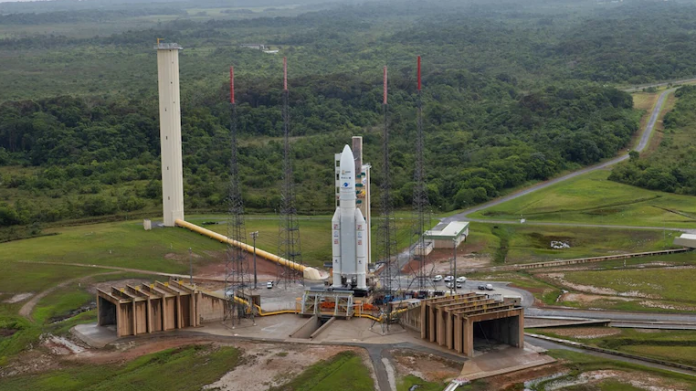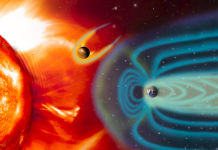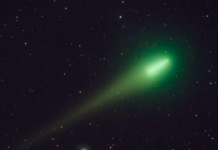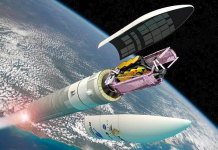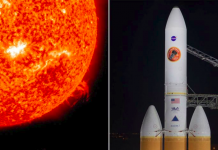The James Webb Space Telescope has been rolled out on the launchpad ahead of its scheduled liftoff on Christmas at 5:50 pm. The telescope is on top of Europe’s powerful Ariane-5 rocket that will take it to a destined orbit 1.5 million kilometres away from Earth.
The aircraft was rolled out from the final assembly building at Europe’s Spaceport in French Guiana months after it arrived via sailing in Panama. The fairing encapsulating the telescope onboard Arian-5 is being monitored with specialised environmental controls that keep the observatory in a perfectly controlled temperature and humidity range.
Standing 53 meters high on its mobile launch platform, Ariane-5 was transported along rails from the final preparation building to the launch zone where final health checks and preparations for liftoff are underway. As it awaits the Christmas Day launch, the rocket will be filled with liquid oxygen and liquid hydrogen via lines through the launch table.
The European Space Agency said that the final electrical and software configurations will also occur on the launch pad.
Meanwhile, the team will run electrical diagnostics to ensure all lights are green for launch. Engineers will also power on the observatory while at the launch pad to run one final aliveness test to ensure all systems have power and are working before liftoff.
Once the launch countdown nears 20 minutes, Webb will switch to internal battery power, and within 15 minutes prior to liftoff the observatory and its launch vehicle will both be fully cleared for flight.
WHERE WILL ARIANE-5 DROP JAMES WEBB TELESCOPE?
The telescope will be in a six-month commissioning period after being deployed following a 26-minute ride aboard the Ariane 5 launch vehicle.
The Ariane 5 will deploy the telescope directly into the second Lagrange point (L2), a location nearly four times farther away than the Moon and 1.5 million kilometres from Earth in the direction away from the Sun.
The telescope will study the atmospheres of a wide diversity of exoplanets. It will also search for atmospheres similar to Earth’s, and for the signatures of key substances such as methane, water, oxygen, carbon dioxide, and complex organic molecules, in hopes of finding the building blocks of life.
While focussing on our own solar system, the spacecraft will study the outer planets since many exoplanets resemble Neptune and Uranus.


